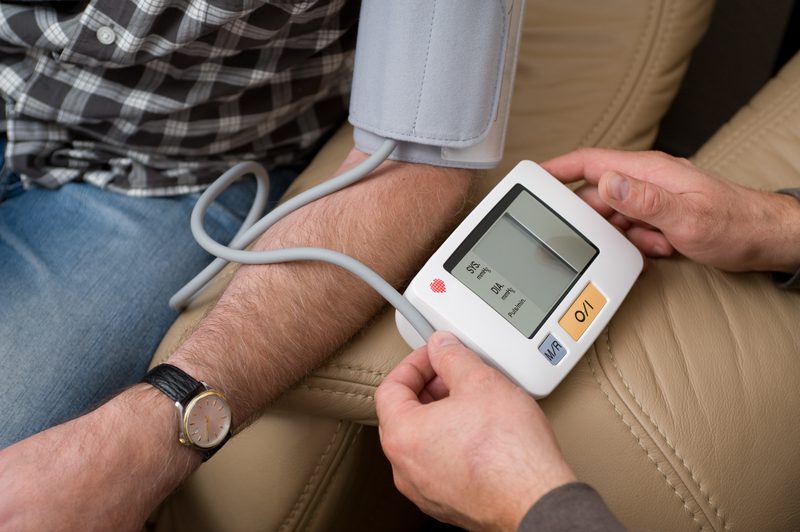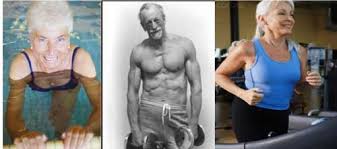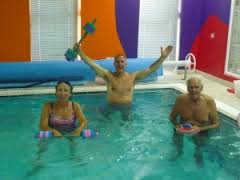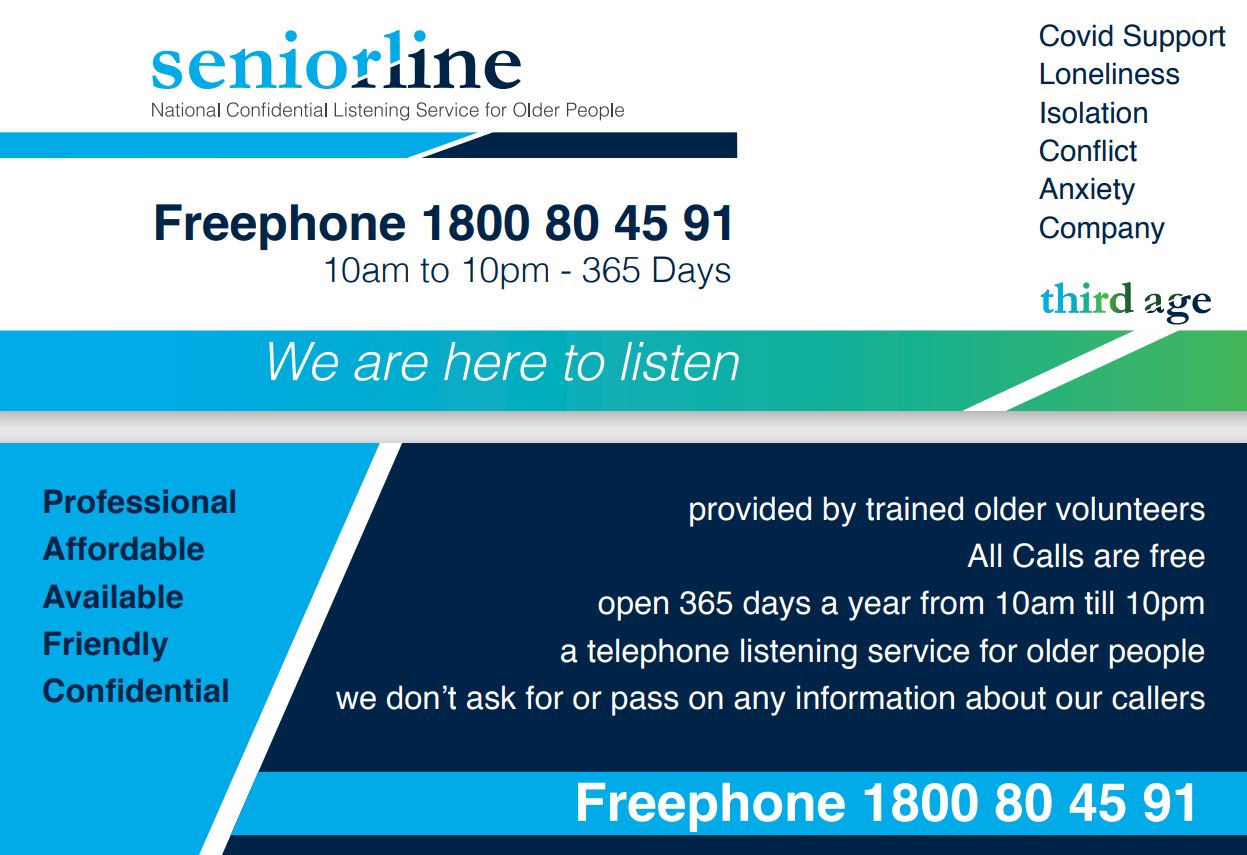Professor Greg Whyte OBE, world-renowned sports scientist on why exercise can help you lower your blood pressure.
As we age, controlling blood pressure is vital. The risk of cardiovascular disease doubles for each 20mmHg increase in your systolic reading.
(Blood pressure numbers include systolic and diastolic pressures. Systolic blood pressure is the pressure when the heart beats while pumping blood. Diastolic blood pressure is the pressure when the heart is at rest between beats. Usually blood pressure numbers are written with the systolic number above or before the diastolic, such as 120/80 mmHg.)
Shedding excess weight can significantly reduce this measure, while 30 minutes of moderate physical activity most days can lower it by 10mmHg.
So try the following…
Strength exercises are linked to improvements in blood pressure control.
Aim for two sessions a week doing such simple tasks as repeatedly standing up and sitting down on a chair, climbing the stairs or doing press-ups.
Aerobic exercise such as walking, cycling, jogging or dancing at an intensity that allows you to talk – but not sing is useful.
Exercising in the great outdoors – a hill walk or park run – with interesting views can reduce your perception of effort. You’ll exercise for longer and more often.
Walk not jog – Unlike in the 1980’s these days a lot of would-be joggers are walkers instead.
Why? Because there are some big advantages to walking that jogging can’t provide. Less wear and tear on your joints, and less risk of injury, for example.
It’s not all one-sided though – jogging will burn more calories if done for the same amount of time as walking, and so can be a more useful weight-loss activity.
Swim lengths or try aquarobics. Swimming is like a gym workout all at once – working every major muscle group in your body. Both breaststroke and front crawl truly target all your major muscle groups, and it’s a lot more fun than pumping iron in your local gym.
Unlike other forms of exercise there are virtually no health risks if you decide you want to swim every day. It’s difficult to injure yourself even if you swim every single day for 30 minutes or more.
Try to combine two or three aerobic and swimming sessions each week.
For more information about blood pressure go to:
www.hse.ie/eng/health/az/B/Blood-pressure-high-/Treating-high-blood-pressure.html
www.croi.ie/sites/default/files/field/image/Bloodpressure_0.pdf
The material is for general information only and does not constitute investment, tax, legal, medical or other form of advice. You should not rely on this information to make (or refrain from making) any decisions. Always obtain independent, professional advice for your own particular situation.
Note: A diagnosis of high blood pressure must be confirmed with a medical professional. A doctor should also evaluate any unusually low blood pressure readings. Additionally, lower targets may be appropriate for some, such as the elderly, or patients with underlying issues such as diabetes mellitus or chronic kidney disease.






